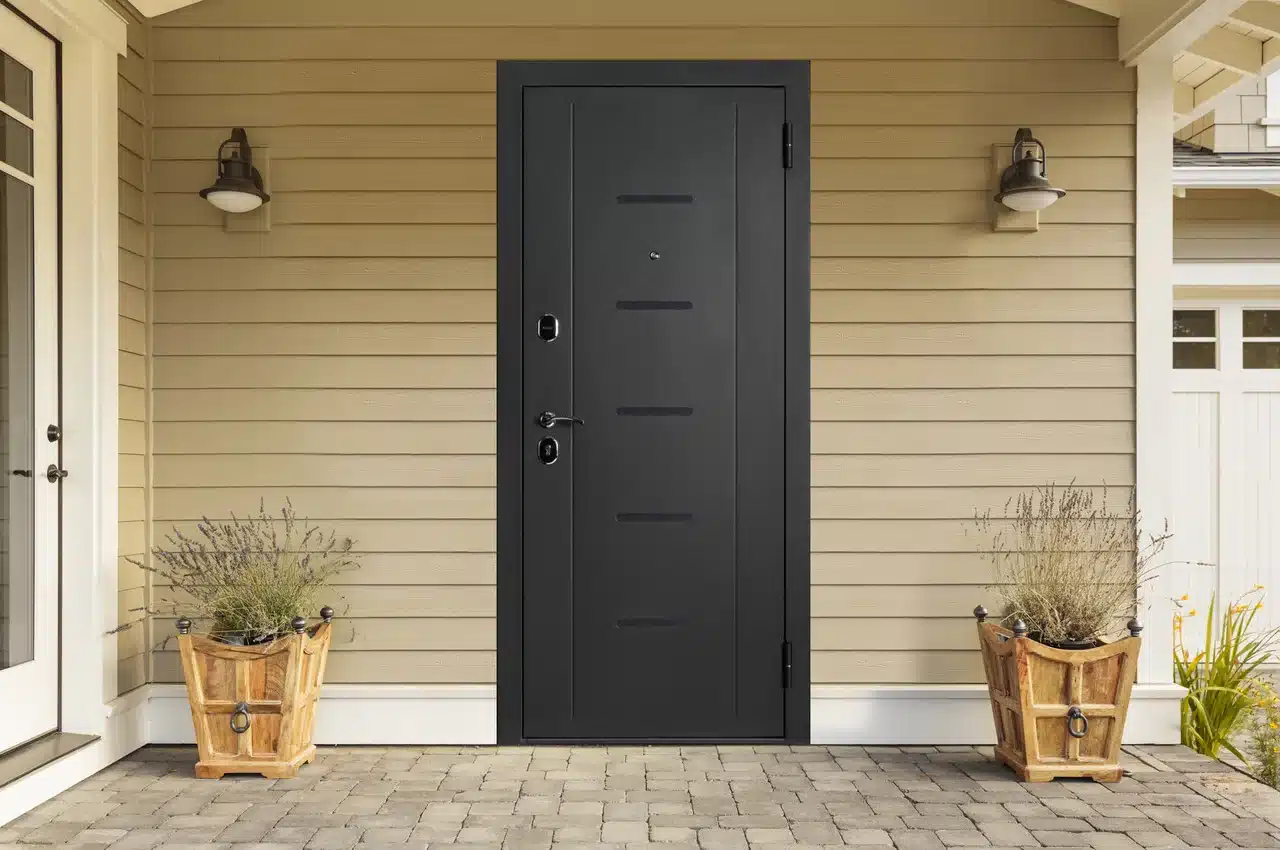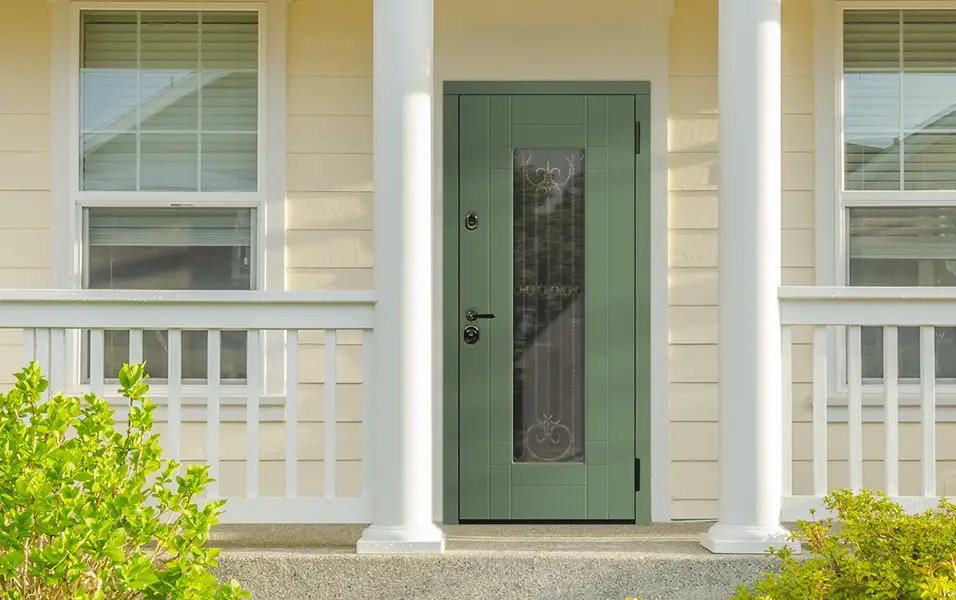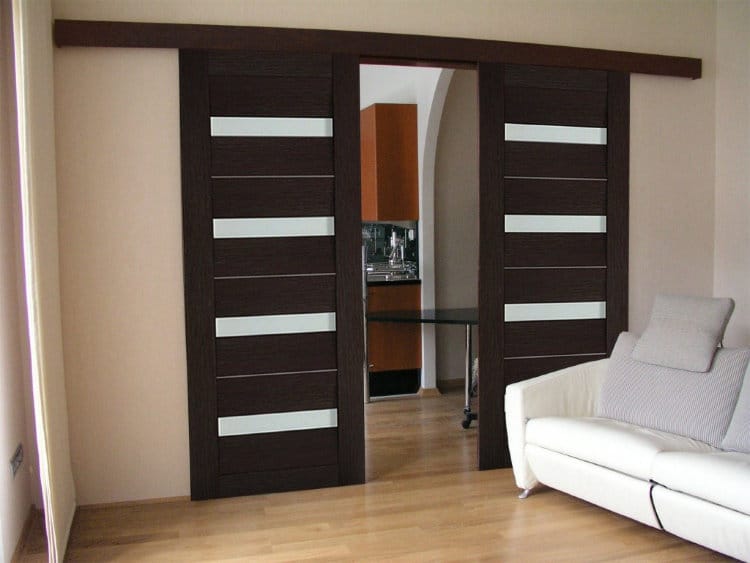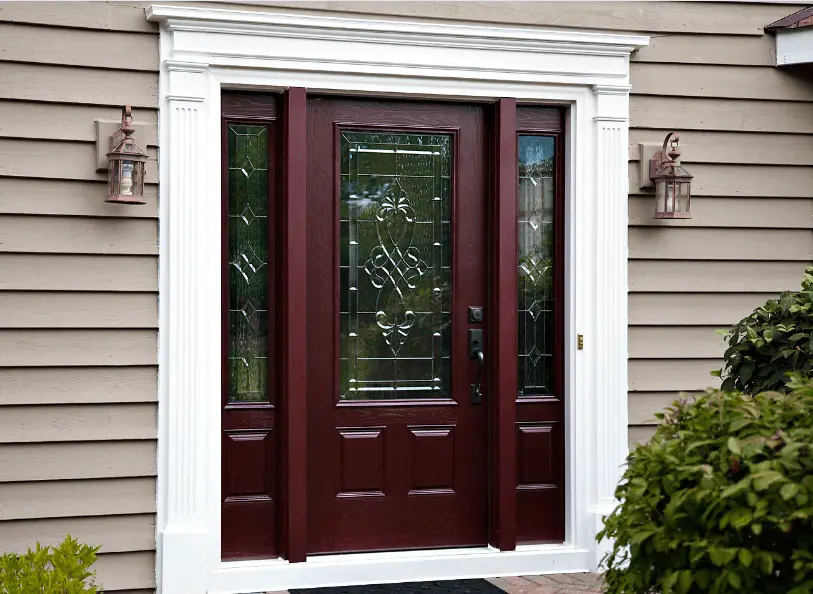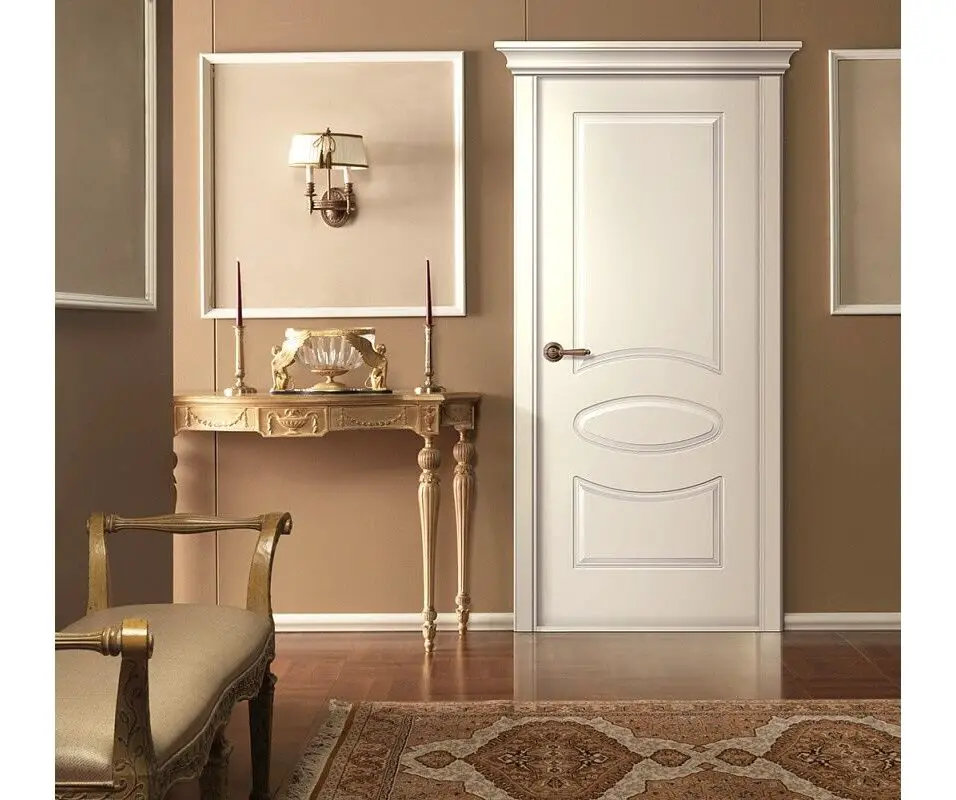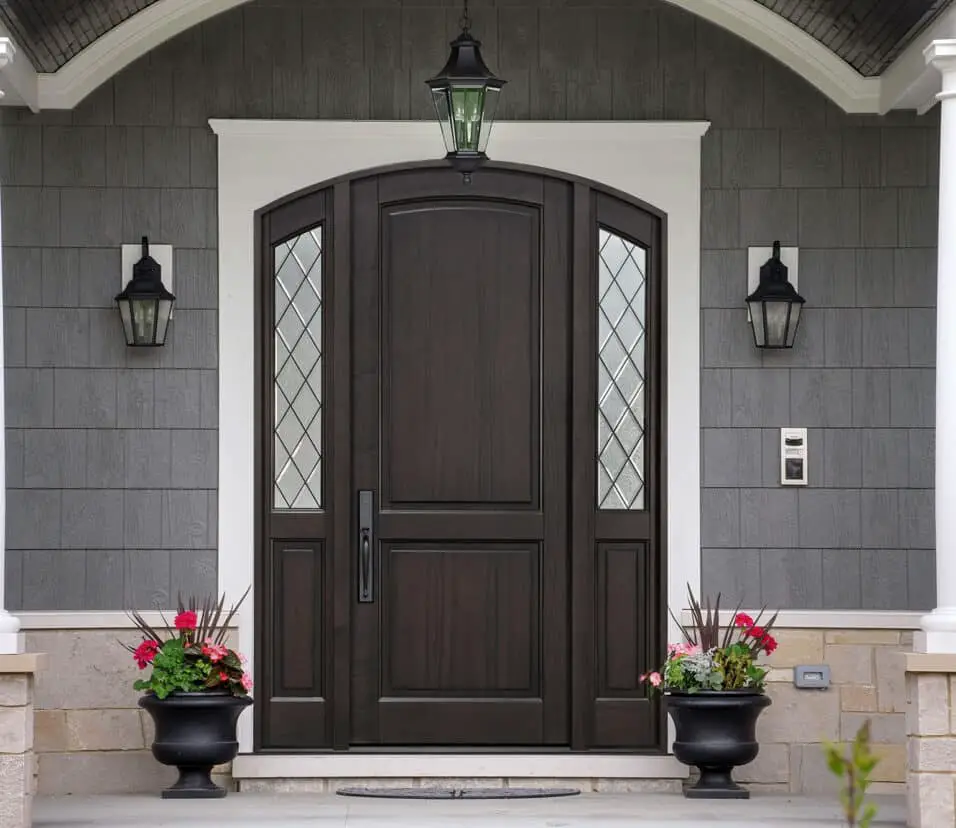How To Replace Threshold On Exterior Door
Introduction
How To Replace Threshold On Exterior Door: A well-maintained exterior door not only enhances the curb appeal of your home but also plays a crucial role in maintaining energy efficiency and security. One often-overlooked component of an exterior door is the threshold. Over time, thresholds can wear out due to exposure to the elements, heavy foot traffic, and general wear and tear.
Replacing a threshold may seem like a daunting task, but with the right guidance and a few basic tools, it’s a manageable DIY project that can save you money on professional repairs. This step-by-step guide will walk you through the process of replacing the threshold on your exterior door, from assessing the damage and gathering the necessary materials to the final installation. Let’s replace your external door threshold to make your home safe and comfortable.
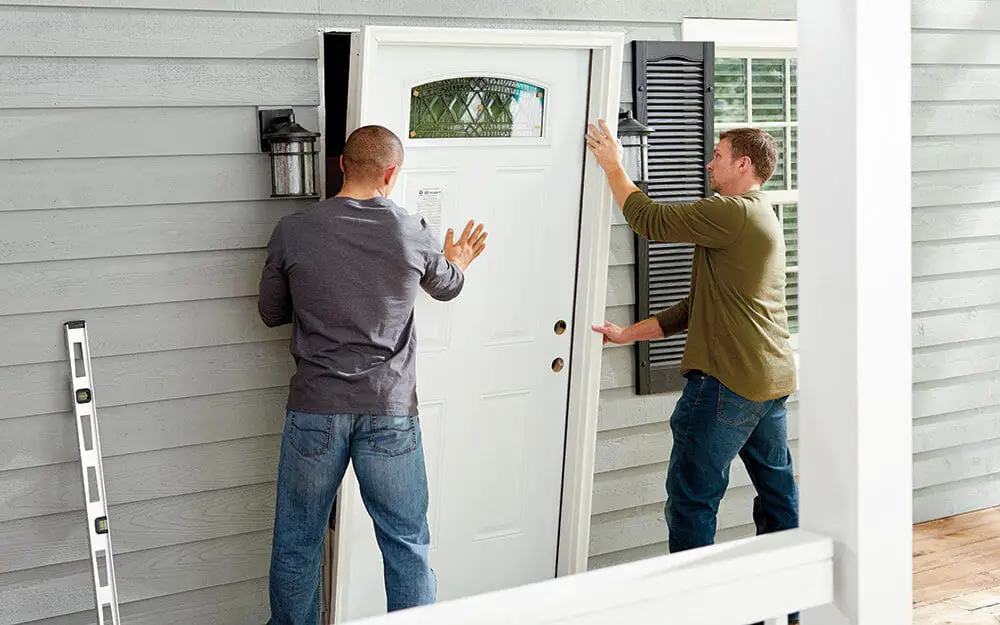
Can you replace threshold without removing door?
Once you have the correct one, swing the door out of the way or remove it so you can install the new threshold, which will screw into the floor. If you are installing over a wood subfloor, you can screw it into the wood.
Yes, it is possible to replace a threshold without removing the entire door. In fact, it’s a common practice in many threshold replacement projects. To do this, you will need to remove the door from its hinges temporarily. This allows you to access and remove the old threshold and install the new one. Removing the door from its hinges is usually a straightforward process that involves unscrewing the hinge pins.
This method is preferred because it is less labor-intensive and time-consuming compared to removing the entire door frame. It also minimizes the risk of damaging other parts of the door or frame during the replacement process. However, it’s essential to exercise caution when handling the door, especially if it’s heavy, and ensure it is properly supported while detached.
Does an exterior door need a threshold?
An exterior door threshold is the section of your doorway which provides an air–tight fitting between your floor and the bottom of the door. In ensuring your home is weatherproof fitting the correct door threshold is important, as it one of the first steps to stopping draught from entering your home.
Yes, an exterior door typically needs a threshold. A threshold serves several essential functions:
- Weatherproofing: The threshold acts as a barrier against drafts, moisture, and water infiltration. Without a threshold, rainwater, snow, and drafts can easily make their way into your home, potentially causing damage and reducing energy efficiency.
- Security: A properly installed threshold enhances the security of your home by providing a solid base for the door’s bottom edge to seal against. This makes it more difficult for intruders to force the door open.
- Energy Efficiency: By sealing the gap between the door and the floor, a threshold helps maintain a consistent indoor temperature, improving energy efficiency and reducing heating and cooling costs.
- Aesthetics: Thresholds also contribute to the overall appearance of your entryway, providing a finished look to the door installation.
In summary, while there are some exceptions, most exterior doors should have a threshold to ensure they function correctly and provide the necessary protection against the elements.
Can you replace just the threshold of a door?
You may also want to replace an interior threshold because the old one is unattractive or because new flooring on one side of the doorway calls for it. An interior door threshold rests on the floor with no sill under it. Installing a new threshold and sill will take between two and three hours.
Yes, it is possible and often advisable to replace just the threshold of a door when it becomes damaged, worn, or ineffective. Replacing the threshold alone is a cost-effective and practical solution that can extend the life of your door and improve its performance without the need for a full door replacement.
To replace just the threshold, you’ll typically need to remove the door temporarily, detach the old threshold, and install a new one following the appropriate steps. This targeted approach allows you to address the specific issue with the threshold while preserving the rest of the door and frame, which may still be in good condition.
Properly installed, a new threshold can provide improved weather resistance, security, and energy efficiency to your exterior door.
What is the difference between a door sill and threshold?
What is the difference between a threshold and a door sill? The door sill is a component located at the bottom of your exterior door frame and sits directly on the foundation of your floor. The threshold is the component that sits on top of the door sill.
- Threshold: The horizontal section at the bottom of the door frame, below the door. A threshold seals the door bottom, preventing drafts, moisture, and bugs from entering. It’s crucial for weatherproofing and energy efficiency.
- Door Sill: The door sill, on the other hand, is a specific part of the threshold assembly. It is the flat, horizontal surface that you step on when crossing the threshold. It may have a slight slope to encourage water drainage away from the interior.
How do you seal under an exterior door threshold?
Squirt expanding foam sealant under the threshold to hold it in place and plug any air gaps. Immediately put the toekick up under the flashing and tight against the underside of the threshold, and screw it to the subsill. Run a bead of sealant between the threshold and each door stop.
Sealing under an exterior door threshold is crucial to prevent drafts, moisture infiltration, and energy loss.
Here’s how you can effectively seal under an exterior door threshold:
- Remove the Old Sealant: Begin by removing any old sealant or caulk from under the existing threshold. You can use a utility knife or a scraper for this task.
- Clean and Prepare: Ensure the area is clean and dry. Use a brush or a vacuum to remove any debris, dirt, or dust.
- Apply Caulk or Sealant: Use a high-quality exterior caulk or sealant that is designed for use in your specific climate conditions. Apply a continuous bead of caulk along the joint between the threshold and the subfloor or floor. Make sure the caulk forms a tight seal.
- Insert Backer Rod: For larger gaps, consider using a backer rod before applying caulk. The backer rod helps fill the gap and provides better adhesion for the caulk.
- Smooth and Shape: After applying the caulk, use a caulk smoothing tool or your finger (wearing a disposable glove) to smooth and shape the caulk, ensuring it adheres well and looks neat.
- Allow to Dry: Follow the manufacturer’s instructions for drying and curing times. It’s essential to let the caulk fully cure before exposing it to moisture or foot traffic.
- Test the Seal: Once the caulk is dry, test the seal by pouring a small amount of water near the threshold. Ensure that the water does not seep under the threshold, indicating a successful seal.
By following these steps, you can effectively seal under an exterior door threshold, helping to maintain your home’s energy efficiency and protection from the elements.
What kind of door threshold do I need?
If you like neutral and uniform, consider door thresholds that match your flooring. If you want to use them for detailing, think about utilizing dark brass ones against light carpets.
The type of door threshold you need depends on various factors, including your door’s location, the climate in your area, and your aesthetic preferences.
Here are some common types of door thresholds:
- Standard Aluminum Threshold: This type of threshold is commonly used for exterior doors. It is durable, weather-resistant, and available in various finishes. It typically features a rubber gasket or sweep to provide a tight seal.
- Wooden Threshold: Wooden thresholds are often chosen for their aesthetic appeal. However, they may require more maintenance to prevent rot and damage from moisture.
- Composite Threshold: Composite thresholds combine the benefits of wood and aluminum. They are resistant to moisture and rot while offering a wood-like appearance.
- Interlocking Threshold: Interlocking thresholds provide a secure seal and are suitable for areas prone to heavy rain or snow. They interlock with the bottom of the door to create a strong barrier against the elements.
- Saddle Threshold: Saddle thresholds have a slightly curved or sloped top surface and are often used for exterior doors. They help redirect water away from the door.
- Low-Profile Threshold: Low-profile thresholds are ideal for situations where there is minimal clearance between the bottom of the door and the floor. They provide a discreet, subtle appearance.
To determine the right type of threshold for your door, consider your climate, the door’s location (interior or exterior), the door’s swing direction, and your aesthetic preferences. Additionally, ensure that the threshold is compatible with your specific door size and design.
What is the best material for door thresholds?
Thresholds are most commonly made of extruded aluminum but can also be made of brass, bronze or stainless steel. Brass and bronze thresholds last longer than aluminum and the finish doesn’t wear off.
The choice of material for a door threshold depends on factors like durability, weather resistance, maintenance requirements, and aesthetics.
Here are some common materials and their attributes:
- Aluminum: Aluminum thresholds are popular due to their durability and resistance to rust and corrosion. They typically have a rubber gasket or sweep to create a tight seal.
- Wood: Wooden thresholds are chosen for their natural look and versatility.
- Composite: Composite thresholds offer a balance between wood and metal. They are resistant to moisture and rot while providing a wood-like appearance. Composite thresholds require less maintenance than wood.
- Vinyl: Vinyl thresholds are affordable and low-maintenance. They are resistant to moisture and do not corrode. However, they may not be as durable as aluminum in extreme weather conditions.
- Bronze or Brass: These materials are known for their elegance and durability. Bronze and brass thresholds are often used in upscale or historical settings. They develop a patina over time, adding to their charm.
- PVC or Plastic: PVC thresholds are affordable and resistant to moisture and corrosion. They are suitable for interior doors and areas with less exposure to extreme weather.
The best material for your door threshold depends on your specific needs and preferences. Interior doors offer more flexibility in material choices based on aesthetic considerations.
What are the different types of thresholds for external doors?
External doors require thresholds that can withstand exposure to the elements and provide a secure seal.
Here are some common types of thresholds for external doors:
- Standard Aluminum Threshold: This is the most common type for external doors. It’s durable, weather-resistant, and typically features a rubber gasket or sweep to seal the gap.
- Interlocking Threshold: Interlocking thresholds create a strong seal by interlocking with the bottom of the door. They are ideal for areas prone to heavy rain or snow.
- Saddle Threshold: Saddle thresholds have a slightly curved or sloped top surface that helps direct water away from the door. They are effective in preventing water infiltration.
- Bumper Threshold: Bumper thresholds are designed to protect the door from impact and are often used in commercial settings. They have a raised center section to absorb impact.
- Low-Profile Threshold: Low-profile thresholds are used when there is limited clearance between the door and the floor. They provide a discreet appearance while still sealing the gap effectively.
- High Dam Threshold: High dam thresholds create a barrier to prevent water from entering the building during heavy rains or flooding.
- Commercial Threshold: Commercial doors often use heavy-duty thresholds designed to withstand frequent use and heavy traffic.
The choice of external door threshold depends on factors like the climate, the door’s location, and the specific requirements of the door. It’s important to select a threshold that can effectively seal the gap beneath the door and protect your home from weather-related issues.
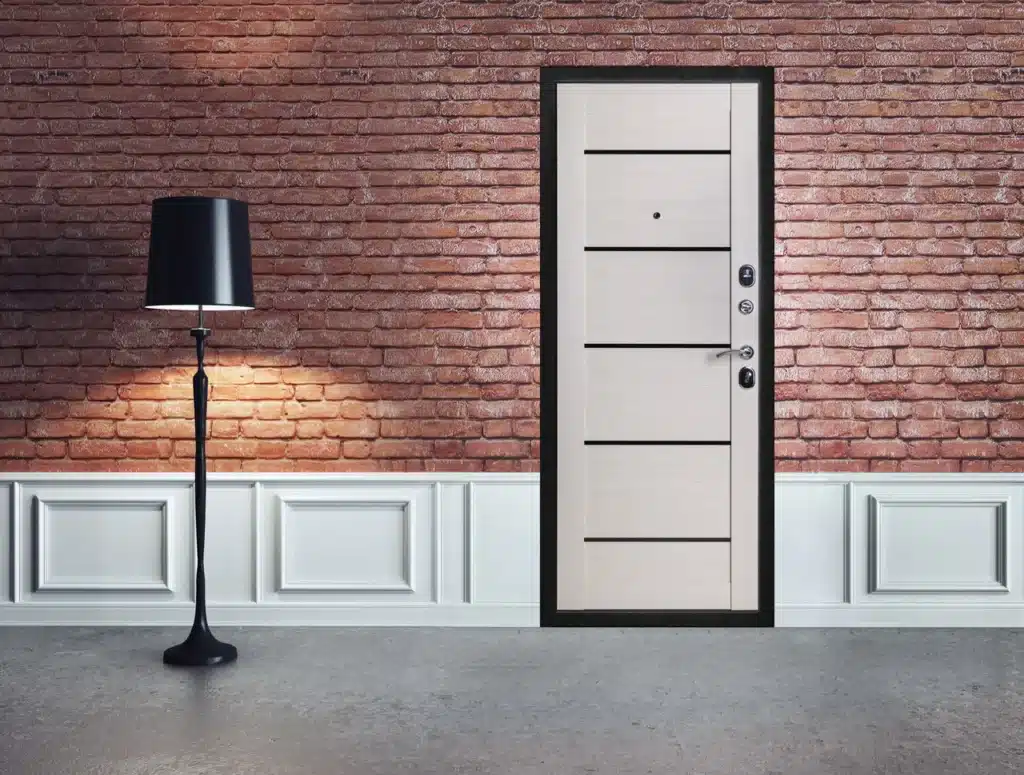
Conclusion
Remember, a well-maintained door threshold is not just about aesthetics; it also plays a crucial role in keeping your home comfortable and protected from the elements. By addressing issues like drafts, water leaks, and wear and tear, you’re investing in the long-term durability of your home.
Throughout this guide, we’ve emphasized the importance of careful planning, proper tools, and attention to detail. These elements are key to a successful threshold replacement project. Additionally, we’ve provided tips and tricks to troubleshoot common challenges you may encounter along the way.
As you stand back and admire your newly installed threshold, take pride in the fact that you’ve acquired a valuable skill and improved your home’s maintenance. Moreover, you’ve contributed to the overall efficiency and security of your living space.



